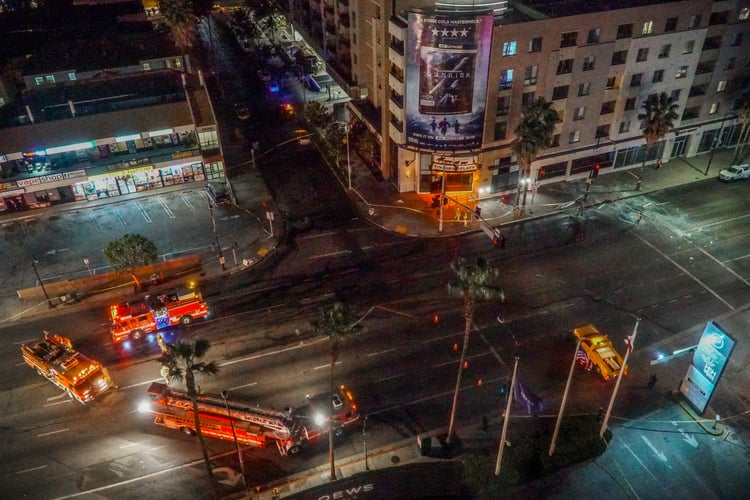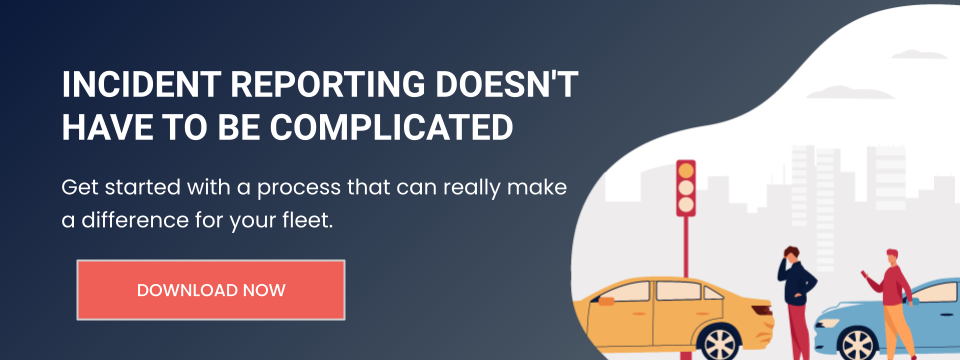
When we talk about being predictive and proactive in your fleet strategy, we also talk about incidents. Though not all incidents are evitable, a great number of them can be avoided with the correct processes, training, and preparation in place. Having a sound incident report process helps fleets prevent serious issues such as collisions or injuries. Documenting particular driving events, even if they have not triggered a crash, can indeed do a lot for the health of your fleet. Every incident matters.
Hey, what is an incident report? Though we really hope no fleet manager would ask that, we are definitely keen to answer. An incident report is a form to document all workplace illnesses, injuries, near-misses, and accidents. An incident report should be completed at the time an incident occurs, no matter how minor the injury is.
How can I create an incident report? We want to make your life easier. We have created an incident reporting form to use as a template. You can add new sections, update the ones that are already in, add your logo and your branding colour palette.
What else can I do to use this incident reporting form wisely? Besides having a detailed incident reporting form, here is some food for thought that might help you improve your fleet safety processes:
1. Ensure that teaching what to do at a crash scene is included in your standard training
From knowing who to call when an accident occurs, to taking appropriate pictures at the scene, or even simulating the situation, are all good ideas to get familiar with this eventuality.
2. Monitor your vehicles and compare the data to incident reports
This is particularly valuable for near-misses and unsafe or dangerous driving, and even more essential as it can be used as proof in the claims process or with authorities. Even better if you can count on a global telematic solution combined with a dashboard camera.
3. Make sure the relevant people in the team take immediate action
The relevant people have to be notified as soon as the incident occurs. Once this is done, appropriate treatment should be granted to those involved.
4. Analyse and reflect
Determine how and why the incident occurred to develop an effective corrective plan and avoid the same mistakes. The data will often show that the focus of safety efforts needs to change over time and that management may need to make some changes to mitigate future risk.
Incident reporting doesn't have to be complicated. Download our template to get started with a process that can really make a difference for your fleet.

Photo by James Hartono on Unsplash




